Understanding Heart Rate Variability
Heart Rate Variability, or HRV, is a new way to track your health.
Heart rate variability is literally the variance in time between the beats of your heart. So, if your heart rate is 60 beats per minute, it’s not actually beating once every second. Within that minute there maybe 0.9 seconds between two beats, for example, and 1.15 seconds between two others. The greater this variability is, the more “ready” your body is to execute at a high level.
HRV is simply a measure of the variation in time between each heartbeat. This variation is controlled by a primitive part of the nervous system called the autonomic nervous system (ANS). It works regardless of our desire and regulates, among other things, our heart rate, blood pressure, breathing, and digestion. The ANS is subdivided into two large components, the sympathetic and the parasympathetic nervous system, also known as the fight-or-flight mechanism and the relaxation response.
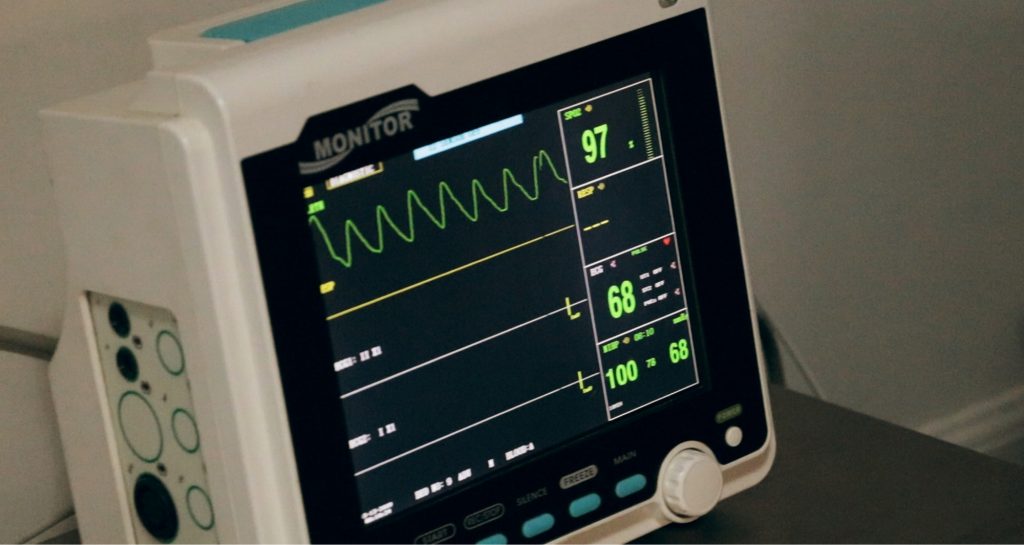
Heart rate variability is literally the variance in time between the beats of your heart. So, if your heart rate is 60 beats per minute, it’s not actually beating once every second. Within that minute there may be 0.9 seconds between two beats, for example, and 1.15 seconds between two others. The greater this variability is, the more “ready” your body is to execute at a high level.
HRV is simply a measure of the variation in time between each heartbeat. This variation is controlled by a primitive part of the nervous system called the autonomic nervous system (ANS). It works regardless of our desire and regulates, among other things, our heart rate, blood pressure, breathing, and digestion. The ANS is subdivided into two large components, the sympathetic and the parasympathetic nervous system, also known as the fight-or-flight mechanism and the relaxation response.
The brain is constantly processing information in a region called the hypothalamus. The hypothalamus, through the ANS, sends signals to the rest of the body either to stimulate or to relax different functions. It responds not only to a poor night of sleep, or that sour interaction with your boss, but also to the exciting news that you got engaged, or to that delicious healthy meal you had for lunch. Our body handles all kinds of stimuli and life goes on. However, if we have persistent instigators such as stress, poor sleep, unhealthy diet, dysfunctional relationships, isolation or solitude, and lack of exercise, this balance may be disrupted, and your fight-or-flight response can shift into overdrive.
Why check heart rate variability?
HRV is an interesting and noninvasive way to identify these ANS imbalances. If a person’s system is in more of a fight-or-flight mode, the variation between subsequent heartbeats is low. If one is in a more relaxed state, the variation between beats is high. In other words, the healthier the ANS the faster you are able to switch gears, showing more resilience and flexibility. Over the past few decades, research has shown a relationship between low HRV and worsening depression or anxiety. A low HRV is even associated with an increased risk of death and cardiovascular disease.
People who have a high HRV may have greater cardiovascular fitness and be more resilient to stress. HRV may also provide personal feedback about your lifestyle and help motivate those who are considering taking steps toward a healthier life. It is fascinating to see how HRV changes as you incorporate more mindfulness, meditation, sleep, and especially physical activity into your life. For those who love data and numbers, this can be a nice way to track how your nervous system is reacting not only to the environment, but also to your emotions, thoughts, and feelings.
How do you check your heart rate variability?
The gold standard is to analyze a long strip of an electrocardiogram, the test we frequently do in the medical office where we attach wires to the chest. But over the past few years, several companies have launched apps and heart rate monitors that do something similar. The accuracy of these methods is still under scrutiny, but I feel the technology is improving substantially. A word of caution is that there are no agencies regulating these devices, and they may not be as accurate as they claim. The easiest and cheapest way to check HRV is to buy a chest strap heart monitor (Polar, Wahoo) and download a free app (Elite HRV is a good one) to analyze the data. The chest strap monitor tends to be more accurate than wrist or finger devices. Check your HRV in the mornings after you wake up, a few times a week, and track for changes as you incorporate healthier interventions.
The bottom line
Tracking HRV may be a great tool to motivate behavioral change for some. HRV measurements can help create more awareness of how you live and think, and how your behavior affects your nervous system and bodily functions. While it obviously can’t help you avoid stress, it could help you understand how to respond to stress in a healthier way. There are questions about measurement accuracy and reliability. However, I am hoping an independent agency eventually identifies which devices and software provide data we can trust. In the meantime, if you decide to use HRV as another piece of data, do not get too confident if you have a high HRV, or too scared if your HRV is low. Think of HRV as a preventive tool, a visual insight into the most primitive part of your brain.
These periods of time between successive heart beats are known as RR intervals (named for the heartbeat’s R-phase, the spikes you see on an EKG), measured in milliseconds:
Comments (2)
Leave a Reply Cancel reply
Recent Posts
- Black Friday Sleep Tech Mega Sale — Up to 58% OFF Smart Rings & Anti-Snoring Devices
- Finally, Sleep Naturally Again — The Mask-Free Way to Rest Better and Wake Up Refreshed
- How to Prepare Your Body Before Surgery for Better Recovery and Long-Term Success
- Stop Snoring Naturally: How MRD_M2 Helps Couples Sleep Better and Reconnect
- GO2SLEEP 3 Review: The Most Accurate Science-Backed Sleep Tracker Under $110
ALL ARTICLES
Subscribe Us
Products
Company
Copyright © SLEEPON. All rights reserved.
SLEEPON keeps both Sleeponhealth and Sleepon.us due to the brand upgrading. We promise to provide the same products and service in both sites.
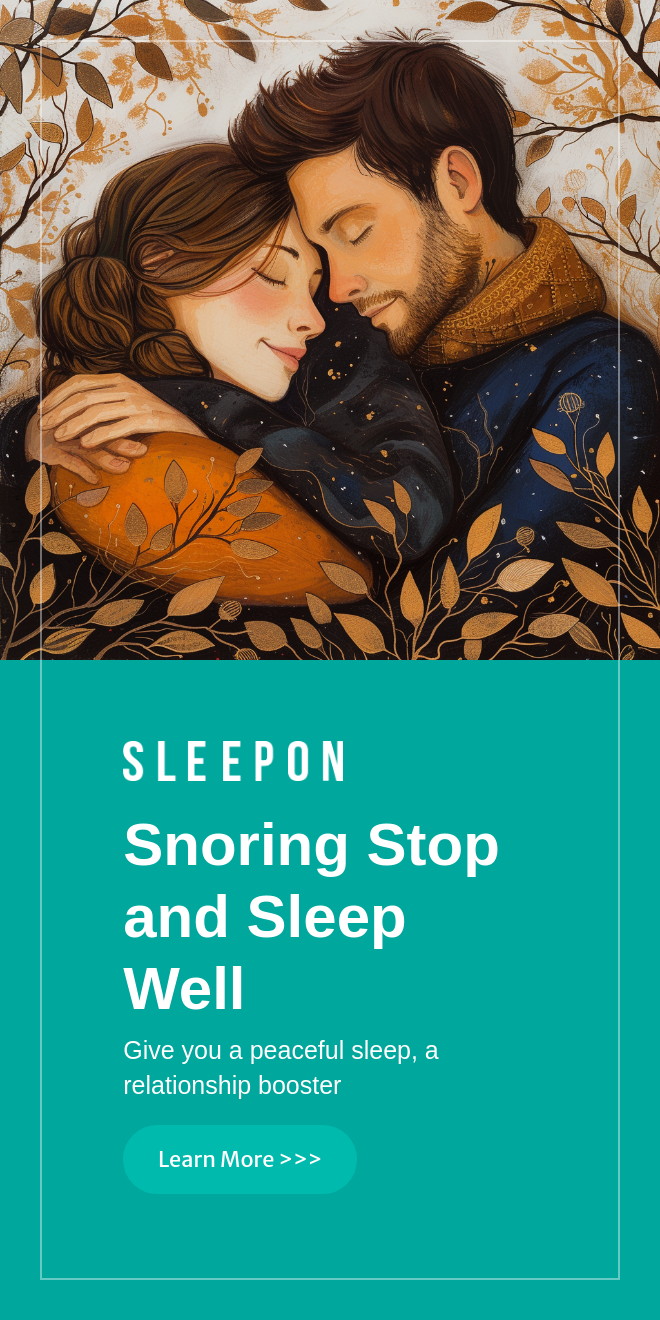
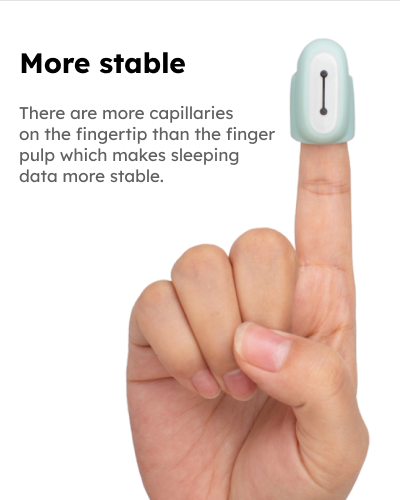
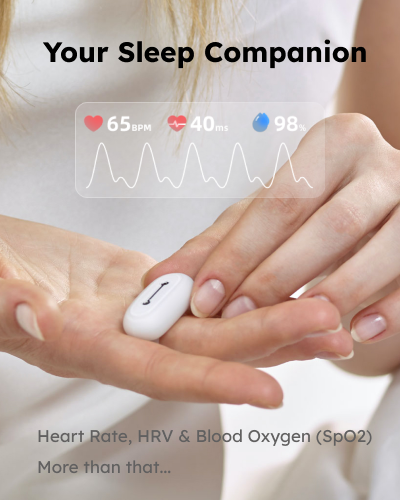



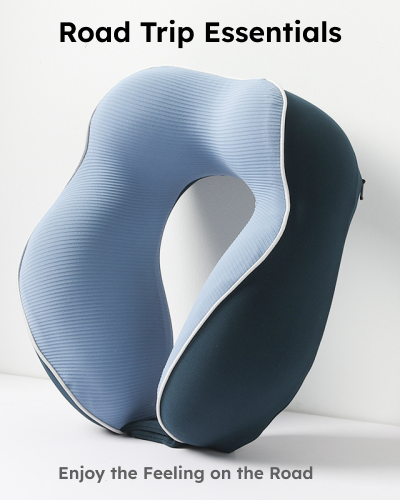
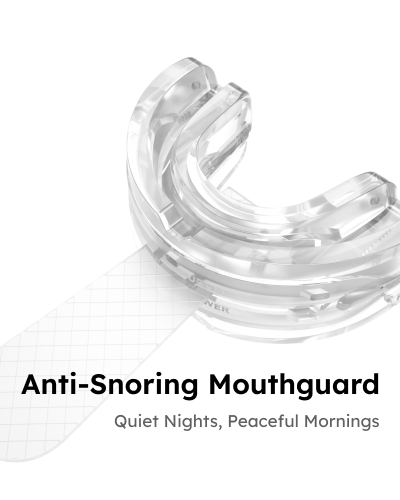
best allergy medicine for rash tablet for allergy on skin strongest otc allergy med
Bedankt voor je inzichtelijke artikel over hartslagvariabiliteit (HRV). Als ervaringsdeskundige op het gebied van voeding, sport, mindset en meditatie, behandel ik vaak cliënten met uitdagingen gerelateerd aan stress en welzijn. Ik ben het eens met je punten over het belang van HRV als indicator van de balans tussen het sympathische en parasympathische zenuwstelsel. In mijn praktijk heb ik ontdekt dat een combinatie van stressmanagement, goede voeding en regelmatige lichaamsbeweging kan bijdragen aan een betere HRV.
Vriendelijke groeten,
Martijn Meeuwis